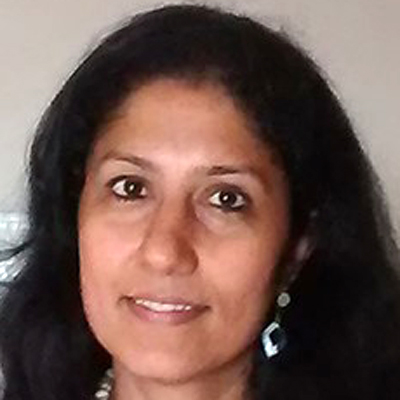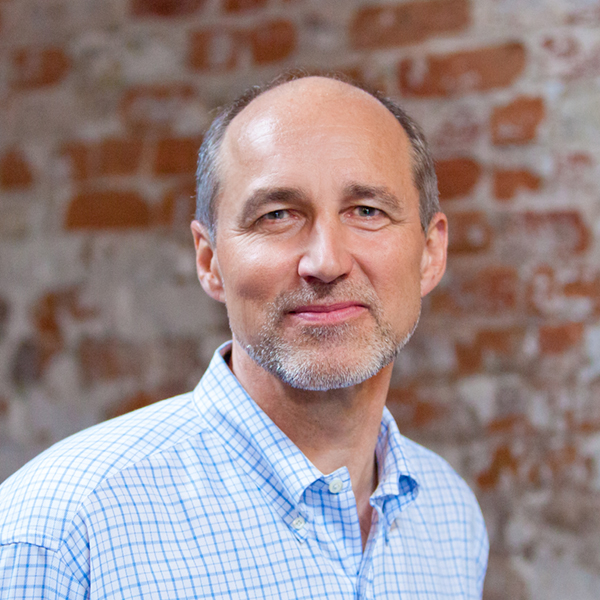Clean breaks are not always the best way to replace a nonprofit’s founder, yet that seems to be the customary advice shared with organisations. In contrast, transitions that extend a founder’s role are surprisingly common, and often yield the best results.
A recent Bridgespan study in the US found that transitions pairing a founder with a successor selected from within the organisation proved to be the most successful of all transition models. Success was measured by revenue growth through the transition, retention of the successor, and self-reported performance.
The study also found that if the board, in particular the board chair, was actively engaged in and driving the transition process, there was a much higher likelihood of founder succession, than if the board was only peripherally involved. Regardless of whether the successor was from within the organisation, founder transitions required preparation from all involved parties.
The study identified four conditions that need to be met for an extended founder role to succeed:
- The founder has the capability and desire to stay engaged.
- The board perceives clear value from the founder staying involved.
- The founder is willing to play a different role and genuinely wants the successor to succeed.
- The successor is willing to work with the founder.
All of the above require both founder as well as the successor to sublimate their egos. If these conditions are not met, the organisation should pursue a “clean break” approach, where a founder does not have a role once the successor starts.
Once these conditions are met, we have five recommendations that address the practical aspects of managing an ongoing role for a founder. While our data shows that transitions with an internal successor and a role for the founder tend to be the most successful, these practices apply to any organisation that seeks to extend the founder’s stay.
- Limit the founder’s new role to specific areas of high interest and capability: Some roles are well-focused assignments with timetables and clear deliverables, such as starting a new programme; others tap the founder’s capabilities, such as fundraising.
- Recognise that both the founder and successor will benefit from regular coaching: This helps navigate the operational and emotional aspects of transition. Research has shown that a coach can increase the chances of transition success.
- Anticipate conflict and agree to a process to mitigate it: Leadership transitions are inherently complex, even more so when a nonprofit’s founder stays on. The board chair needs to work with the founder and successor to establish a conflict resolution process.
- Transition board, funder, and staff loyalty in logical order: Founders often develop intense loyalty among staff and board members, and funders are likely to identify more closely with the founder than the organisation. It is critical to shepherd these loyalties to the new leadership.
- Create initial separation to allow the successor to settle in: This is particularly helpful if the founder’s new role is substantial or long-term. Successors need time to establish themselves, a period that may include staff restructuring or strategy changes. It is important for the founder to maintain a low profile during the early months of transition to avoid confusion about who is in charge.

Succession planning is a must-have to facilitate a smooth leadership transition
This applies to India as well
In India, the need to focus and plan for founder transition is equally important. Bridgespan’s recent research report, ‘Building the Bench at Indian NGOs’, identified several key characteristics of leadership at nonprofits in the country:
- Nonprofits are often led by their founders: 34 percent of respondents to the report’s survey said they had founders as senior-most leaders, and founders continue to serve as the senior-most leaders in 27 percent of nonprofits that were launched more than 20 years ago.
- A transition is looming: Leaders who had founded nonprofits some 20 or 30 years ago are now beginning to give up the reins.
- But there is a lack of confidence: Only 47 percent of surveyed nonprofits feel confident that anyone internally can effectively lead their organisation in the absence of their senior-most leaders, who are often the founders.
Where is the lack of confidence coming from?
Our research tells us that it stems from a neglected focus on succession planning and leadership development. Succession planning involves identifying and developing people with the talent and potential to step up, and is a must-have to facilitate a smooth leadership transition.
Planned well, successions offer several benefits, including career development assignments that retain high performers, as well as opportunities to bring in leaders with the right skill sets to meet the organisation’s changing needs.
Despite this, more than 70 percent of survey respondents said they lack a succession plan for their senior-most leader. In addition, more than half the polled nonprofits do not believe that they are capable of recruiting, developing, and transitioning leaders, to develop a second line. Less than half the nonprofits surveyed said that their board was involved in leadership development.
Related article: A founder’s guide to transition
However, some nonprofits in India have successfully transitioned founders
Some nonprofits have thought about extending founder roles to facilitate transition, as demonstrated in the example below. While continued founder involvement is common in Indian nonprofits, whether through board, senior advisor, or other roles, the importance is the intentionality and planning of these transitions.
Ramesh and Swati Ramanathan, co-founders of Janaagraha, began to transition to a more adaptive and expansive leadership model a few years into their leadership tenure, as part of their planning to build leaders and make the founder transition smooth. Based in Bangalore, Janaagraha Centre for Citizenship and Democracy has a mission to improve the quality of citizenship and infrastructure in India’s cities. The nonprofit, which has over 100 full time employees, seeks to achieve its goals through civic learning, civic participation, and “city-systems” reforms.
The phasing of this founder transition took place in a few major stages over several years:
- The Ramanathans launched Janaagraha in 2001. Over the next four years, they did it all, from defining the organisation’s mission to taking on the minutiae of running a start-up nonprofit.
- By 2005, it became clear that Janaagraha would have to professionalise its operations in order to extend its reach and create impact beyond the direct touch of its founders. The founders stepped back from day-to-day operations and installed a five-member management committee to helm the organisation. The move pushed the second line to step up and take full responsibility for all of Janaagraha’s operations, not just their individual portfolios.
- During this time, Janaagraha made significant investments in building its leadership capacity. It engaged Aon Hewitt in a year-long effort to help it become a learning organisation (as outlined in Peter Senge’s book, The Fifth Discipline, with an emphasis on organisational design and leadership systems. The endeavor, which was led by the the founders, involved focus groups, case studies, various assessment tools, and other activities that focused on assessing and building Janaagraha’s current leadership team and designing for the future. The founders also provided various development opportunities to members of the management committee. This included direct mentor-ship and coaching, as well as exposure to external engagements such as international conventions and government meetings.
- Although the lead-by-committee model helped Janaagraha grow through its adolescence and allowed the founders to begin their transition out, decision making could not keep pace with the organisation’s expansion. In 2016, the founders decided to augment the committee with a chief executive. The senior leaders together selected Srikanth Viswanathan, a member of the management committee and coordinator of advocacy and reforms, to shepherd Janaagraha into the future.
- From supervising operations and strategy in the pre-management committee years, the founders now sit on the governing board and mainly support the leadership team to co-create Janaagraha’s strategy.






